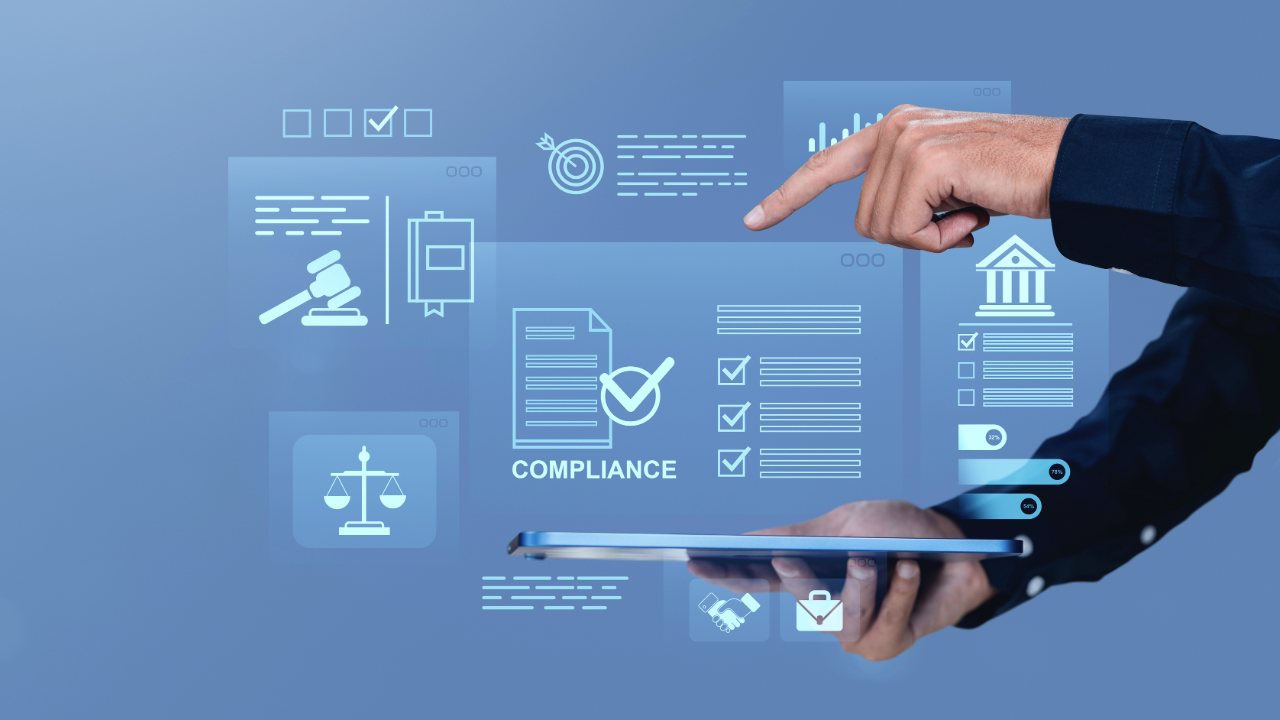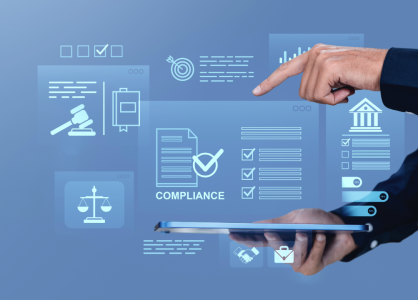Corporate governance has always been about one thing: ensuring accountability and transparency in how organizations are run. But while the principles have remained constant, the tools and practices used to enforce them have changed dramatically.
From the ink-and-paper ledgers of the early 20th century to today’s AI-powered oversight platforms, governance has undergone a transformation that reflects both technological progress and shifting global expectations.
According to the Harvard Law School Forum on Corporate Governance and the OECD Principles of Corporate Governance, governance has moved from being a compliance exercise to a strategic pillar for organizations navigating increasingly complex risks.
So, how did we get here — and what does the journey tell us about the future?
📜 Governance in the Age of Ledgers and Minutes
In the early days of corporate governance, board activities were recorded in handwritten ledgers and minutes. Oversight was manual, slow, and often limited to a small circle of insiders.
- Board records were physical: vulnerable to loss or manipulation.
- Transparency was minimal: most stakeholders had little visibility.
- Oversight cycles were long: often weeks or months between reviews.
This era was functional but hardly efficient. The lack of real-time access often meant governance lagged behind fast-moving business decisions.
🖥 The Rise of Digital Governance
The late 20th and early 21st centuries brought a shift from paper to digital records. Spreadsheets, PDFs, and board portals transformed the way information was shared.
- Board packs moved online: reducing delays in information flow.
- Audit trails improved: making compliance checks more reliable.
- Stakeholder engagement grew: as transparency became an expectation, not a luxury.
This shift marked governance as more accessible, verifiable, and globally consistent — but still, much of it was reactive rather than proactive.
⚡ Real-Time Oversight in the Digital Era
Today, governance has entered a new chapter: real-time digital oversight. Platforms and tools now enable boards to monitor risks, compliance, and strategy execution continuously.
- Automated reporting ensures that metrics are updated instantly.
- AI and analytics flag emerging risks before they escalate.
- Digital governance calendars ensure reviews and audits happen on schedule.
- Secure document exchange systems guarantee transparency across stakeholders.
This new era means governance is no longer about catching up — it’s about staying ahead.
🔎 How Governancepedia Brings It All Together
At Governancepedia, we believe understanding the history of governance is essential to appreciating its future. By documenting governance practices from the age of ledgers to today’s AI-powered oversight, we help professionals and organizations see the bigger picture:
- Why governance standards exist.
- How practices have evolved.
- Where digital oversight is leading next.
With articles, case studies, and resources, Governancepedia serves as both a historical archive and a forward-looking guide — ensuring you can adapt to the standards of tomorrow while understanding the lessons of the past.
🌟 Final Thoughts
From dusty ledgers locked away in boardrooms to cloud-based oversight platforms accessible worldwide, governance has evolved in lockstep with society and technology. What hasn’t changed is its purpose: to build trust, ensure accountability, and safeguard organizations.
👉 At Governancepedia, we continue this tradition by explaining how governance history shaped today’s standards — and where digital oversight is taking us next.
Start exploring governance past, present, and future at Governancepedia.com.

